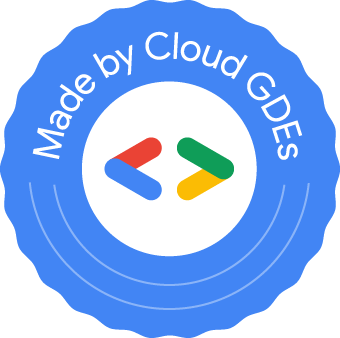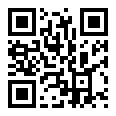Go
Interfaces, Errors & Context
Julien Bisconti
Software Engineer / SRE

slides: bisconti.cloud
contact: g.dev/julien

Strong points
- First class testing
- First class concurrency
- Fast compile times
- Straightforward dependency management
- backward compatibility guarantee
The Core Philosophy: “Less is More”
- Simplicity & Readability: Code is read far more often than it is written.
- Composition over Inheritance: Build complex things from simple, independent pieces.
- Concurrency is a First-Class Citizen: Make it easy to do things in parallel.
- Pragmatism: Focus on what works, not on theoretical purity.
Key Go Proverbs
“A little copying is better than a little dependency.”
“The bigger the interface, the weaker the abstraction.”
“Errors are values.”
Interfaces: Implicit Satisfaction
An interface is a set of method signatures.
Rule: If your type has the methods, it fits the interface. No implements keyword needed.
(Structural Typing / Duck Typing)
Code Example: The io.Reader
// The interface
type Reader interface {
Read(p []byte) (n int, err error)
}
// A function that accepts any Reader
func logData(r io.Reader) { io.Copy(os.Stdout, r) }
// Two different types can be passed to logData
var f *os.File
var s *strings.Reader
logData(f)
logData(s)
Example 1 & 2
Where Do Interfaces Belong?
“Accept Interfaces, Return Structs”
- Don’t define interfaces in the package that provides the implementation.
- Define interfaces in the package that uses the functionality.
Interfaces for Painless Testing
No Third-Party Mocking Libraries Needed!
// Interface defined by consumer
type UserStorer interface {
GetUser(id int) (*User, error)
}
// Real implementation
type DB struct{ ... }
func (db *DB) GetUser(id int) (*User, error) {
// ... real db logic
}
// Mock implementation for tests
type mockUserStorer struct{}
func (m *mockUserStorer) GetUser(id int) (*User, error) {
return &User{ID: id, Name: "Mock User"}, nil
}
// In your test:
func TestGetUserEndpoint(t *testing.T) {
mockDB := &mockUserStorer{}
handler := NewHandler(mockDB) // Handler depends on UserStorer
// ... test the handler
}
The Go Way of Testing
Simple, Opinionated, Effective
go testis all you need.thing_test.golives in the same package.- “A little bit of copying is better than a little bit of dependency.”
Table-Driven Test Example
func TestAdd(t *testing.T) {
testCases := []struct {
name string
a, b int
want int
}{
{"positive numbers", 2, 3, 5},
{"negative numbers", -1, -5, -6},
{"zero", 5, 0, 5},
}
for _, tc := range testCases {
t.Run(tc.name, func(t *testing.T) {
got := Add(tc.a, tc.b)
if got != tc.want {
t.Errorf("got %d; want %d", got, tc.want)
}
})
}
}
See also Generic interfaces
“Errors are values”
Go has no “try…catch”.
Functions that can fail return two things: the result and an
errorvalue.value, err := someFunction()The
errortype is just an interface:type error interface { Error() string }
Read Go Blog
The “if err != nil” Pattern
f, err := os.Open("my_file.txt")
if err != nil {
log.Fatalf("failed to open file: %v", err)
}
defer f.Close()
// ... do something with f ...
- Clarity: The “happy path” is clear. Errors are handled immediately.
- Robustness: Explicit checks make it harder to ignore errors.
Example 3
Tying It All Together
Philosophy of Simplicity
↓
Small, Composable Interfaces
↓
Explicit, Value-based Error Handling
Go’s features aren’t isolated; they are a cohesive system designed for clarity and reliability.
Context
The Lifeline of an Operation
context.Context is an interface.
Read Go Blog
Example 4
Resources
THANK YOU
and I'm sorry 🙏
If you had to maintain my code
I hope you learned more by maintaining it
than me by writing it
Slides made with Reveal.js and hugo-reveal
Julien Bisconti
Software Engineer / SRE

slides: bisconti.cloud
contact: g.dev/julien
